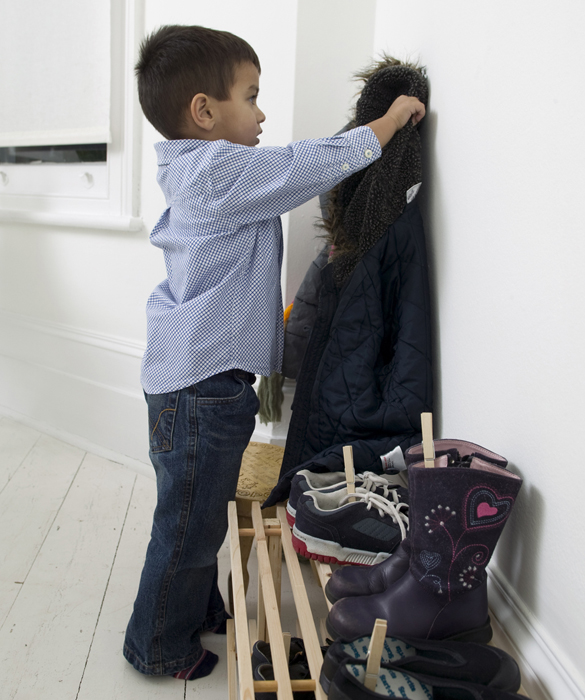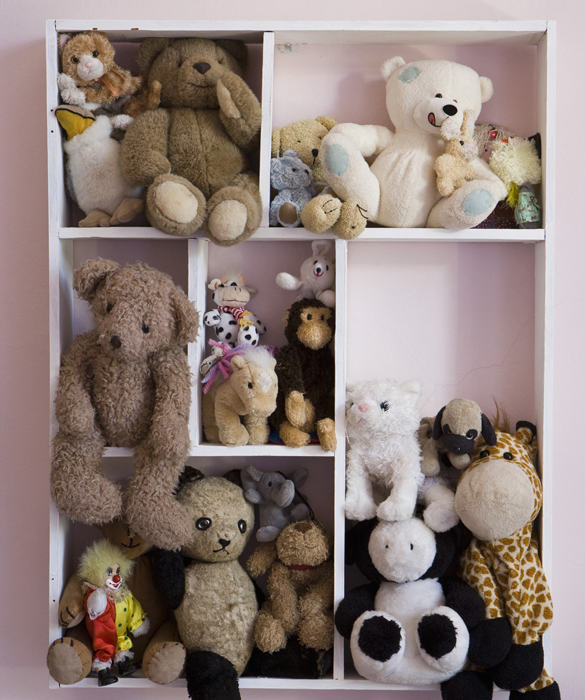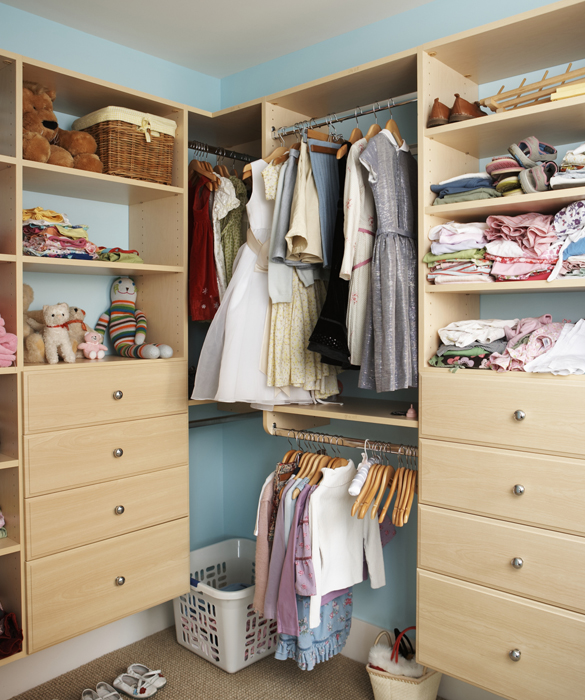Get Organized

Moms usually end up being responsible for making the trains run on time, and that takes serious organization when it covers work, home and kids. So it helps if the kids can take on some of this responsibility for themselves, and modeling how to stay organized teaches them tricks to keep life from spiraling into chaos, which will serve them well as adults. Atlanta-based Allison Carter, certified professional organizer and blogger on her website, TheProfessionalOrganizer.com, shares some ideas on how to help your kids stay ahead of the curve.
Tick-Tock

Even for very young children, a schedule adds structure to their day and organizes it for them. "You want to help children with some sort of schedule … it takes away anxiety," Carter says. "[It tells] them what's going to be happening in the day." A regular, predictable schedule — not rigid — is what's best for young children; such as always eating dinner at about 6 p.m., Carter says.
Checking It Off

If school-age kids are not good at structuring themselves, help them learn how to do this by giving them a checklist of what they need to do before they leave for school, suggests Carter. The tasks on the list do not need to be performed in any particular order as long as they get it all done, she says, adding that this approach of working with the child's organizing style makes success more likely.
RELATED: The Rules of Closet Organization
Keeping Things Corralled

Whether your children are at the age when they make mountains of artwork or bring notes and some small projects home from school, having a place to put this paperwork keeps it orderly. Carter calls these types of places "corrals." "For little kids, a basket; for school-age kids, a backpack or book bag" serves this purpose well, says Carter. "Make a little inbox for notes … older kids need a regular place to put them."
Treasure Hunt

Artwork, photos and other keepsakes carry emotional baggage. "The fun is doing, not saving, so help them learn to get rid of things regularly by choosing favorites and tossing the rest," advises Carter. "You don't want to save every single rainbow they drew." Make a big box for special things, she says. "This activity teaches them to be discerning and know what a favorite is … teaches them how to make decisions that are emotional decisions."
Hang Ups

It would be hard to find a mom who has not been frustrated with tweens and teens using the bedroom floor as an all-purpose clothes catch-all. Carter's solution: supply them with enough space. "If they can get it all into the drawers neatly, if it fits in the closet, it's easier to put away." But the way to get more room is not to add more storage, Carter says. Instead, "cut down on stuff if you run out of space. Most children have way too many clothes, and it is too much for them to handle."
Toyland

Toys. The mere word conjures up messy living rooms, playrooms and bedrooms, covered with a growing amount of stuff to play with as your kids get older. The trick is to get the kids to put them away. Instead of grouping toys by type, which makes sense to a parent, group toys by how they play with them, Carter suggests. "Cars, trains, Lincoln logs … put them in one giant bin. They are played with all together. This seems messy to a parent, but to a child, it makes perfect sense."
School Days

School and all its trappings are the center of life for your middle school- and high school-age child. If your tween or teenager is basically disorganized, keeping a notebook straight might be difficult and frustrating, Carter says. "A notebook equals a lot of steps. What works better for a lot of them is an accordion file that fits in their backpack — it's easier. Give them other options that fit their organizing style better," she suggests.
Places to Stash Stuff

Your child's bedroom, whether he is 2 or 18, is his own private space. The problem is, it is often not livable for all the mess. The key, Carter says, is having a container for everything. "Let the child pick the style of the thing [used for storage], and they are more likely to use it. They are invested in the process." Carter adds that the thing most parents leave out is a big enough trash can. She recommends "office-size at least. It encourages them to fill it up." Ultimately, you're teaching them that "the floor is not an option."



